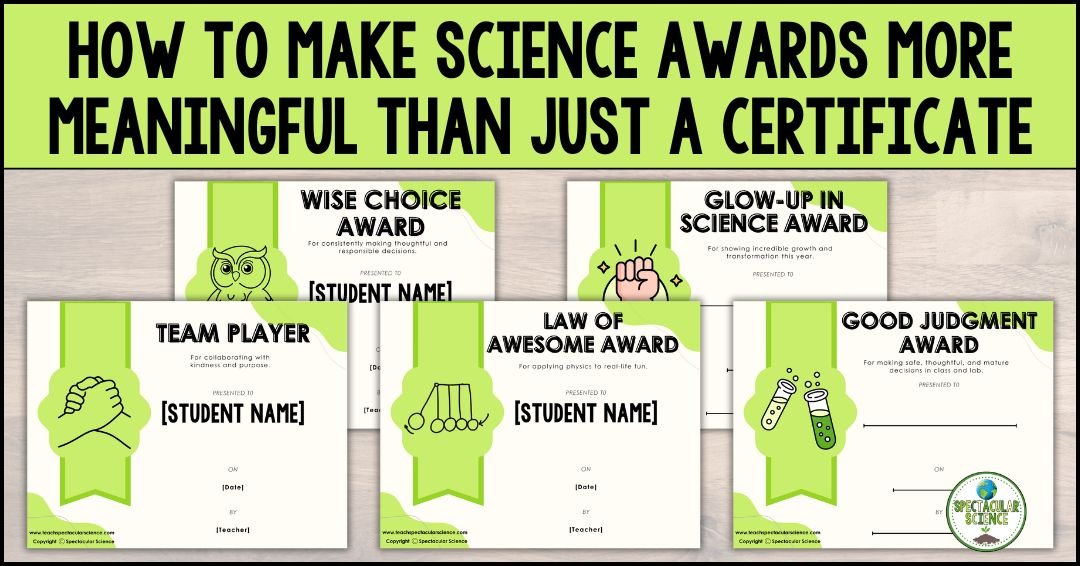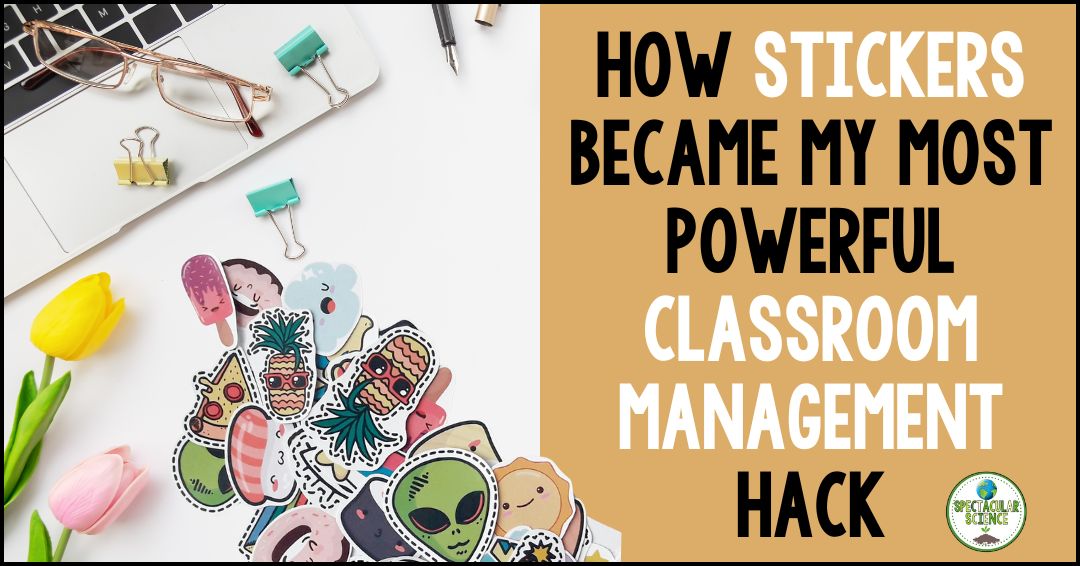
Science education plays a vital role in fostering students’ curiosity and understanding of the world around them. However, conducting experiments and hands-on activities in science labs also comes with inherent risks. To ensure the well-being of students and instill good scientific practices, teaching lab safety in middle and high school science classrooms is of utmost importance. Let’s delve into the significance of lab safety education and learn valuable insights to create a safe and engaging learning environment.
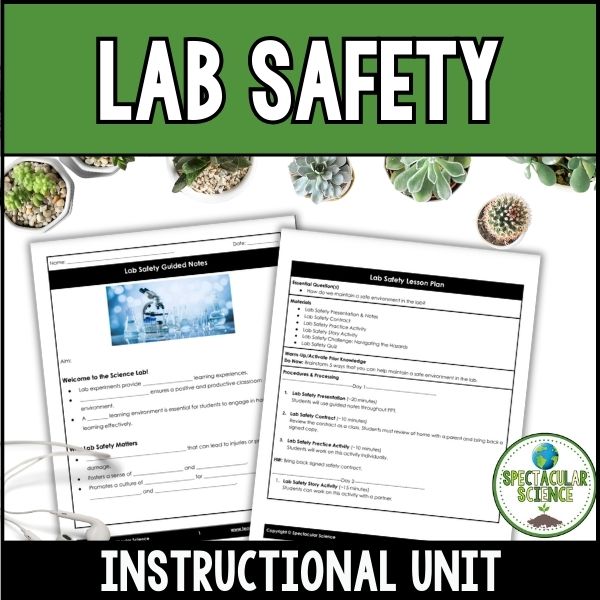
The Importance of Lab Safety Education
Teaching lab safety is not just about ticking off boxes on a checklist; it’s about fostering a culture of responsibility, attentiveness, and respect for scientific principles. Here are some key reasons why lab safety education matters:
- Physical Well-being: Science experiments often involve the use of chemicals, heat sources, glassware, and equipment that can pose risks if mishandled. By educating students about proper procedures, potential hazards, and the correct use of safety gear, we reduce the likelihood of accidents.
- Long-term Scientific Habits: Instilling lab safety practices from an early age helps students develop a habit of meticulousness and precision in their work. These habits are not only crucial for safety but also for producing accurate and reliable experimental results.
- Risk Assessment and Critical Thinking: Lab safety education encourages students to think critically about potential risks and how to mitigate them. This skill extends beyond the classroom, enabling them to make informed decisions in various real-life situations.
- Confidence Building: When students are confident in their understanding of lab procedures and safety measures, they are more likely to approach experiments with enthusiasm. This boosts their engagement and overall learning experience.
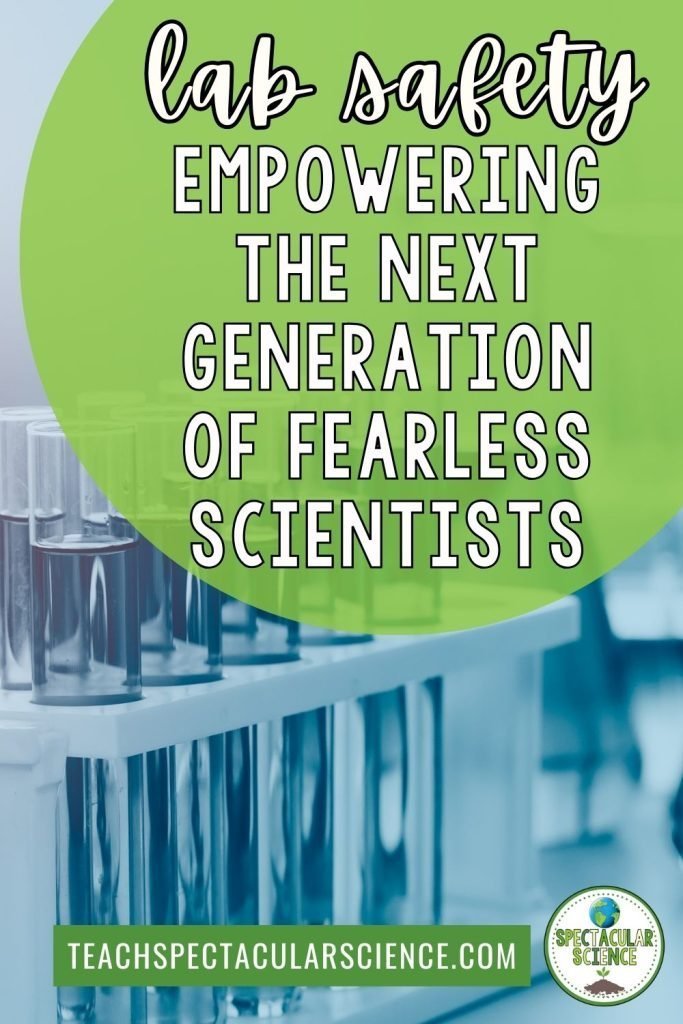
Key Elements of Lab Safety Education
- Clear Guidelines: Begin by establishing clear and concise lab safety guidelines. Make sure students understand the rules and consequences of violating safety protocols. Emphasize the importance of following instructions and seeking assistance when unsure.
- Interactive Discussions: Engage students in discussions about potential hazards and safety measures before each experiment. Encourage them to voice their concerns and ask questions, fostering an open and communicative environment.
- Hands-on Demonstrations: Incorporate hands-on demonstrations of proper techniques for handling equipment and substances. Visual learning is powerful and helps students grasp concepts more effectively.
- Safety Gear Awareness: Teach students about the different types of safety gear, such as lab coats, gloves, goggles, and aprons. Demonstrate how to wear and use them correctly to provide maximum protection.
- Emergency Protocols: Equip students with knowledge about emergency protocols, including fire drills, evacuation routes, and first aid procedures. This information can be invaluable in rare but critical situations.
- Risk Assessment: Teach students how to assess risks before conducting experiments. Encourage them to think about potential hazards, ways to minimize risks, and alternative approaches.
Incorporating Lab Safety into the Curriculum
- Start Early: Introduce lab safety from the beginning of the school year. This sets the tone for the importance of safety throughout the science curriculum.
- Interactive Activities: Use case studies, role-playing, and scenario-based activities to challenge students’ understanding of lab safety in real-world contexts.
- Safety Contracts: Consider having students and their parents or guardians sign safety contracts. This ensures that all parties understand the gravity of lab safety and are committed to following protocols.
- Regular Reinforcement: Don’t let lab safety education be a one-time event. Continuously reinforce safety measures throughout the year, even with experienced students.
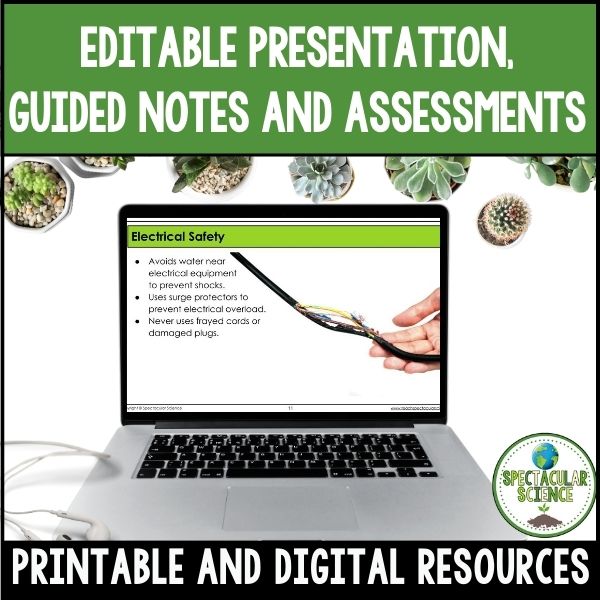
Check out this Lab Safety unit, which is designed to equip you with an array of resources that ensure your students’ safety while engaging them in interactive learning experiences. Here’s a bit more about what’s included:
1. Unit Pacing Guide: Streamline your teaching process with a well-structured pacing guide that outlines the sequence of topics and activities. Seamlessly navigate through the unit while keeping safety at the forefront.
2. Lab Safety PowerPoint Presentation & Guided Notes: Capture your students’ attention with an engaging presentation that covers crucial lab safety protocols and guidelines. Accompanied by guided notes, this resource enhances retention and understanding.
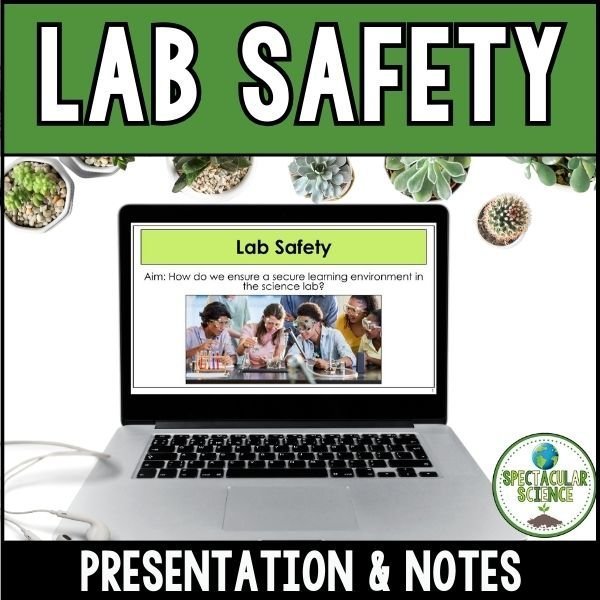
3. Lab Safety Contract: Instill a sense of responsibility and commitment to safety in your students with this lab safety contract. This document outlines the expectations for safe behavior and sets a positive tone for hands-on learning.
4. Lab Safety Practice Activity: Reinforce safety concepts through a hands-on practice activity that challenges students to identify potential hazards and apply safety measures.
5. Lab Safety Story Activity & Answer Key: Immerse your students in a lab safety story that presents real-life scenarios. With an answer key provided, you can facilitate meaningful discussions about making informed decisions in the lab.
6. Lab Safety Challenge: Navigating the Hazards & Answer Key: Engage your students’ problem-solving abilities with an exciting lab safety challenge. As they navigate through hypothetical hazards, they’ll learn to think on their feet while prioritizing safety.
7. Lab Safety Practice Quiz & Answer Key: Assess your students’ comprehension with a comprehensive practice quiz.
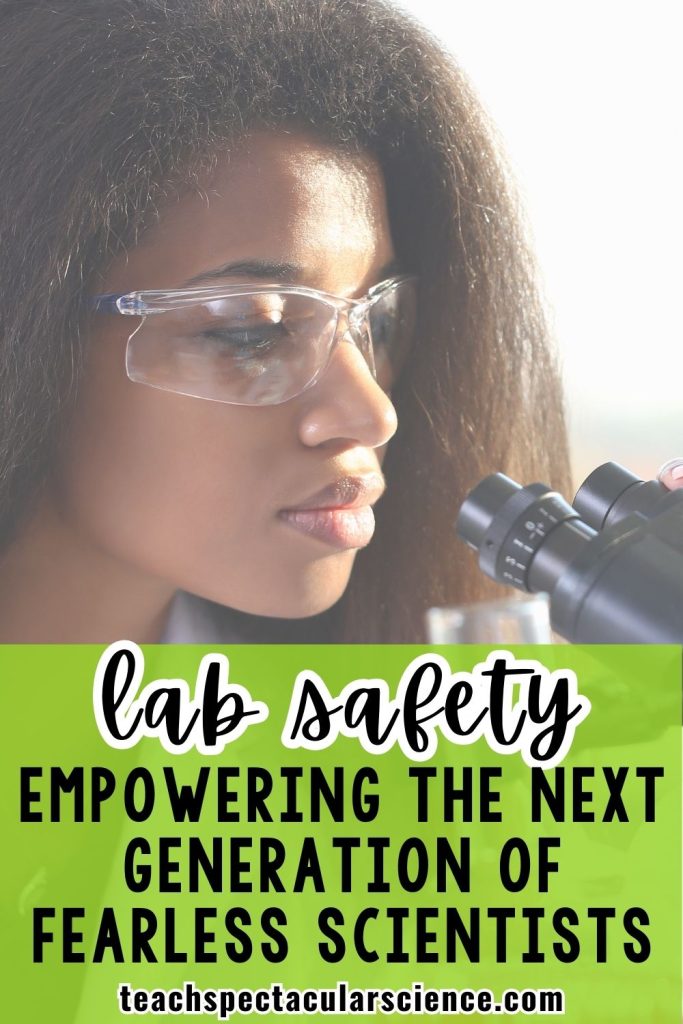
Final Words
Teaching lab safety in middle and high school science classrooms is a responsibility that cannot be overlooked. By prioritizing safety education, educators create an environment where students can explore and learn confidently while minimizing risks. The skills and habits developed through lab safety education extend beyond the classroom, contributing to students’ overall growth as responsible and safety-conscious individuals. Remember, a commitment to lab safety today paves the way for a future generation of scientifically inclined, safety-aware citizens.















